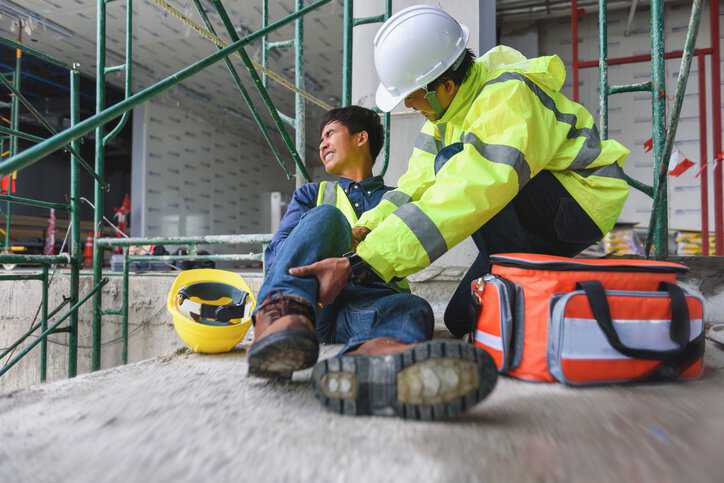As a business owner or safety officer, it is crucial to be prepared for potential accidents in the workplace. First aid kits serve as the first line of defense when it comes to addressing workplace injuries. All workplaces, regardless of industry, are required to have first aid kits that are easily accessible to employees.
Are First Aid Kits Mandatory in the Workplace?
The Health and Safety (First-Aid) Regulations 1981 require all employers to provide “adequate and appropriate first aid equipment,” facilities, and personnel. This to ensure that employees receive immediate attention if they are taken ill or are injured at work as well as to prevent minor injuries from becoming major ones and possibly saving lives. These regulations apply to all workplaces including those with less than five employees and to the self-employed.
What is “adequate and appropriate” will depend on the circumstances in the workplace, including whether trained first-aiders are needed, what should be included in a first-aid box, and if a first-aid room is required. Employers should carry out an assessment of first-aid needs to determine what to provide.
How Many First Aid Kits Are Required in the Workplace?
How do you determine how many first aid kits your workplace needs? The answer is by a conducting a risk assessment that addresses three factors:
- Workplace size—the higher the complexity of your space, the more first aid kits you will need. In general, you will need more than one kit if you have multi-hazard or multi-floor space or if it takes more than 60 seconds to get between two areas.
- Workforce—the greater the number of employees, the more first aid kits you will need.
- Workplace risk level—higher-risk work environments such as construction sites, warehouses, laboratories, or any work environment that involves manufacturing, chemicals, or sharp/dangerous machinery need more first aid kits than lower-risk environments such as offices, schools, retail shops, and libraries.
ANSI/ISEA Z308.1-2021 notes that when assessing risk, proximity of first aid supplies in relation to each worker is imperative. It is adequate to base first aid kids and cabinets solely on the number of people in a work environment (i.e., 10-person, 25-person, 50-person, or 100-person first aid kits).
Quantity First Aid Kits in High-Risk Workplace
For high-risk workplace, it is recommended to have the following:
- 1 small kit—for less than 5 people
- 1 medium kit—for groups of 5 to 25 people
- 1 large kit—per group of more than 25 people
Quantity of First Aid Kits in Low-Risk Workplace
For low-risk environments, it is recommended to have the following:
- 1 small kit—for less than 25 people
- 1 medium kit—for groups of 25 to 100 people
- 1 large kit— per group of more than 100 people
OSHA First Aid Kit Requirements
The Occupational Safety and Health Administration (OSHA) requires businesses to have and monitor first aid kits (based on the hazards of the workplace) that meet their workers’ safety needs. In other words, all industries are required to follow OSHA’s general requirements for first aid kits, but different industries may need to add additional supplies to their kits to account for the hazards and risks of their environment. Certain industries or tasks have specialized first aid standards in addition to the general requirements. These industries include logging, construction, diving, work in confined spaces, and electric power generation.
OSHA vs ANSI/ISEA Z308.1 First Aid Requirements
While, ANSI sets the standard for workplace first aids, OSHA enforces the standard for workplace first aid compliance. According to OSHA, ANSI standards become mandatory OSHA standards only when, and if, they are adopted by OSHA. While OSHA often refers employers to ANSI/ISEA Z308.1-2021 as a source of guidance for the minimum requirements for first aid kits, they have not adopted the standard. Although ANSI/ISEA Z308.1-2021 is not an officially adopted OSHA standard, this American National Standard provides a detailed starting point for stocking first aid kits.
